The premium mixed reality headset market just got a major shakeup. Samsung’s long-awaited Galaxy XR, launched as Project Moohan, is here to square up to Apple’s Vision Pro. With Samsung entering at roughly half Apple’s price, according to Android Central, this shapes up like the first real heavyweight bout in premium headsets. These are not small bumps. Samsung chases pixel density and clarity, Apple leans into desktop-class power.
Price wars in premium territory
Start with the sticker. Samsung lists Galaxy XR at $1,799, which Mashable reports is nearly half the Vision Pro’s $3,499 entry. That is not just aggressive, it is an open invitation to anyone priced out of spatial computing.
Adoption will split. Apple stays firmly premium, with storage tiers up to $3,899 for the 1TB model, per SamMobile. Two lanes appear. Samsung courts prosumers who want top-shelf tech without a workstation budget. Apple caters to creative pros and enterprise buyers who live inside the ecosystem and are fine with paying for it.
Samsung sweetens launch with 12 months of Google AI Pro, YouTube Premium, and NBA League Pass, as noted by The Shortcut. Apple sticks to brand and integration, no comparable freebies, confident that the experience earns the fee. Two philosophies, same playground.
Display technology showdown
Both use micro‑OLED, yet the bets diverge. Samsung’s Galaxy XR pushes 3,552 x 3,840 pixels per eye, about 29 million pixels total with 4,032 PPI, according to Mashable. That kind of density makes tiny text look laptop crisp, handy for spreadsheets, code, or long PDFs where fuzzy fonts are a dealbreaker.
Apple counters with an estimated 3,660 x 3,200 per eye and 23 million total pixels, and Android Central notes Samsung holds a slight edge in overall display quality. Refresh rates shuffle the deck again. Samsung tops out at 90 Hz with 72 Hz default. Apple’s Vision Pro runs variable rates from 90 up to 120 Hz with the M5 chip, per SamMobile. Snap your head between windows, scroll fast, chase less blur.
The field of view changes the vibe. Samsung goes wider at 109 degrees horizontal and 100 degrees vertical versus Apple’s roughly 100 degrees both ways, as reported by Android Central. That extra width makes scenes feel less porthole, more panorama.
Processing power and performance
Here is where Apple flexes. The Vision Pro’s M5 delivers desktop-class performance, a 10-core CPU, a 10-core GPU, and hardware-accelerated ray tracing, according to Android Central. The R1 chip handles sensor work with 12 millisecond photon-to-photon latency, per TechLoy.
That headroom lets Vision Pro juggle multiple high-resolution spatial apps without wheezing. Dense 3D scenes, real-time video work, and heavy computational photography all stay in play. It also gives developers room to grow content without hitting a ceiling on day one.
Samsung’s Snapdragon XR2+ Gen 2 is strong for mobile XR, just not Apple’s brute force tier, as noted by Mashable. For standalone experiences, it is brisk and keeps Android XR smooth. Mobile-first efficiency helps battery life keep pace despite the power gap.
Both ship with 16 GB of RAM. Apple scales to 1 TB of storage, Samsung fixes at 256 GB, according to Android Central. If you plan a deep library of 4K spatial video or chunky project files, that cap matters.
Software ecosystems and AI integration
Samsung’s ace might be access. Its Android XR platform taps Google’s app universe, with thousands of 2D Android apps via the Play Store, per TechLoy. Google has tuned Maps, YouTube, and Photos for mixed reality, and Gemini AI sits at the system level with contextual help that understands your space and task.
Gemini pushes interaction toward conversation. Look at a restaurant and ask for reviews, circle an object for quick details, and request turn-by-turn help without breaking stride. Less like operating a device, more like traveling with a savvy guide.
Apple’s visionOS claims over 1 million compatible apps, though truly native spatial apps are in the hundreds, according to TechLoy. The draw is quality and continuity. Mac Virtual Display drops into MacBook workflows so neatly that many users will not look back.
Apple’s AI posture stays measured and privacy-first. Siri handles voice, and on-device machine learning powers spatial features, as reported by TechLoy. The trade-off is familiar: cloud-scale context versus tighter privacy boundaries.
Design philosophy and comfort
Fit decides whether you keep it on. Samsung’s Galaxy XR is 545 grams with a rigid strap that spreads the load more evenly, according to Android Central. Apple’s Vision Pro lands around 600 to 650 grams for the original model, according to reports, with the M5 version reportedly heavier, and it uses a cloth strap, per Mashable.
Samsung’s rigid approach, reminiscent of the Quest Pro’s elite strap, routes pressure around the head instead of creating hot spots. It favors comfort over the sleeker look of Apple’s cloth strap. Different bets, different priorities.
Both support prescription inserts and similar camera arrays, six world-facing cameras, two passthrough cameras, and four eye tracking sensors, as noted by Android Central. Samsung sells optional controllers for $250, bringing classic VR inputs that Apple skips in favor of hand gestures only, according to TechLoy.
Those controllers add flexibility. Use hands for work and presenting, switch to controllers for games or precision tasks. Apple’s gesture-only approach is elegant and futuristic, yet misreads or rapid inputs can test patience.
Where the battle heads next
Samsung’s Galaxy XR reads as more than competition; it proves that premium mixed reality can support multiple playbooks. Partnerships with Warby Parker and Gentle Monster hint at future form factors, per the Economic Times, lighter, more social, closer to sunglasses than sci‑fi helmets.
Apple’s edge stays clear for creative pros and Mac loyalists who value seamless workflows over price. For many, Mac Virtual Display alone earns its keep.
Consumers might be the real winners. Choice returns to a category that needed it. Samsung’s pricing could nudge Apple toward more approachable options, while Apple’s technical lead keeps pressure on Samsung to sprint. Both still face the hard part, breaking past early adopters in a market that has seen three straight years of decline, according to Economic Times.
Which pitch lands with the mainstream, Samsung’s accessible premium plus AI versatility, or Apple’s high-end focus with deep ecosystem ties, decides who sets the tone for spatial computing as a primary platform. My hunch, there is room for both, at least for now.








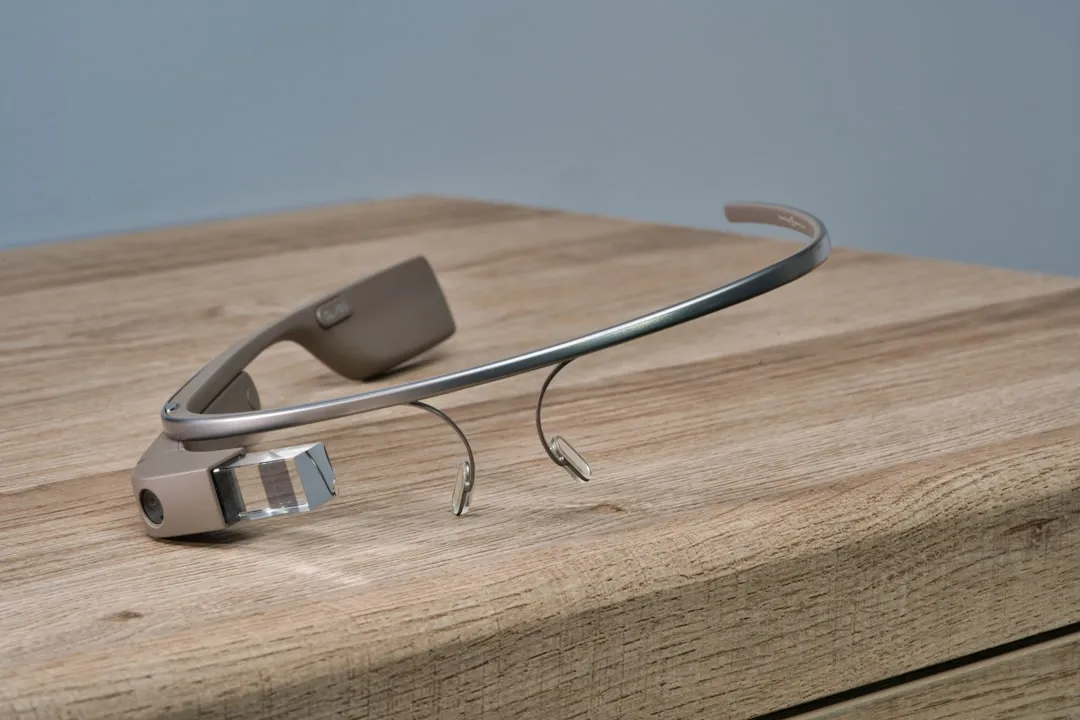
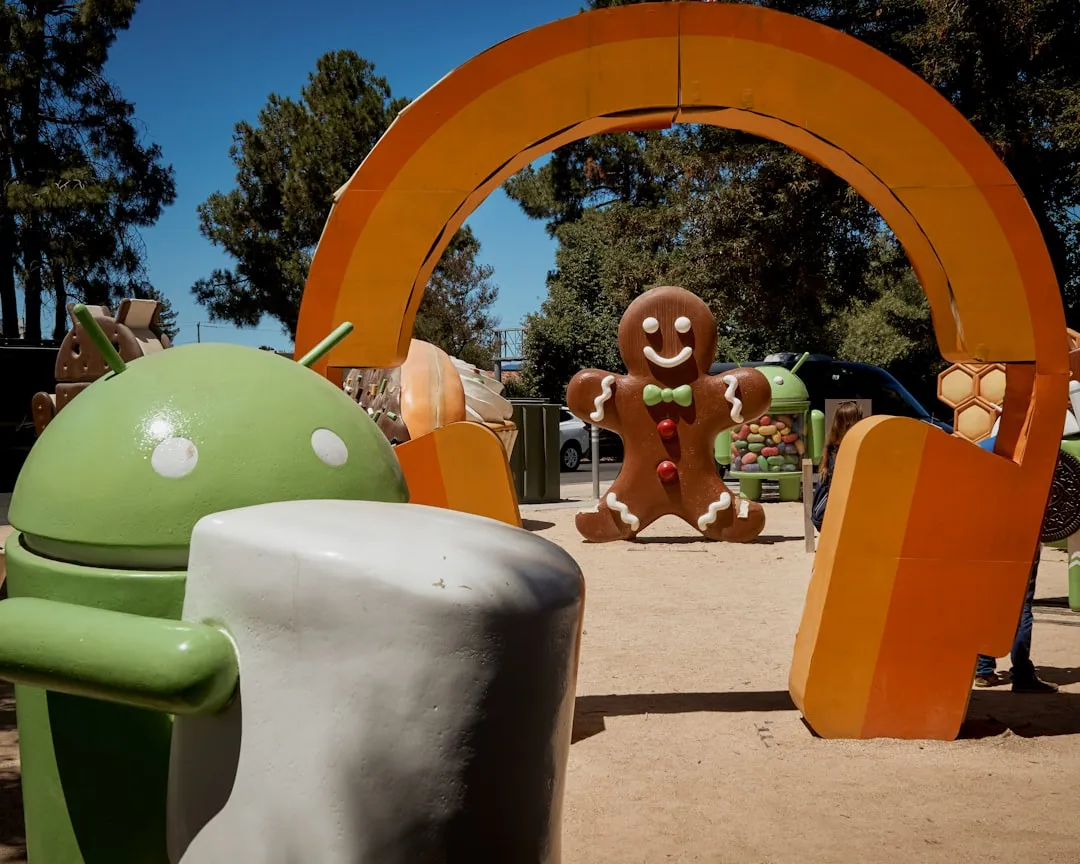



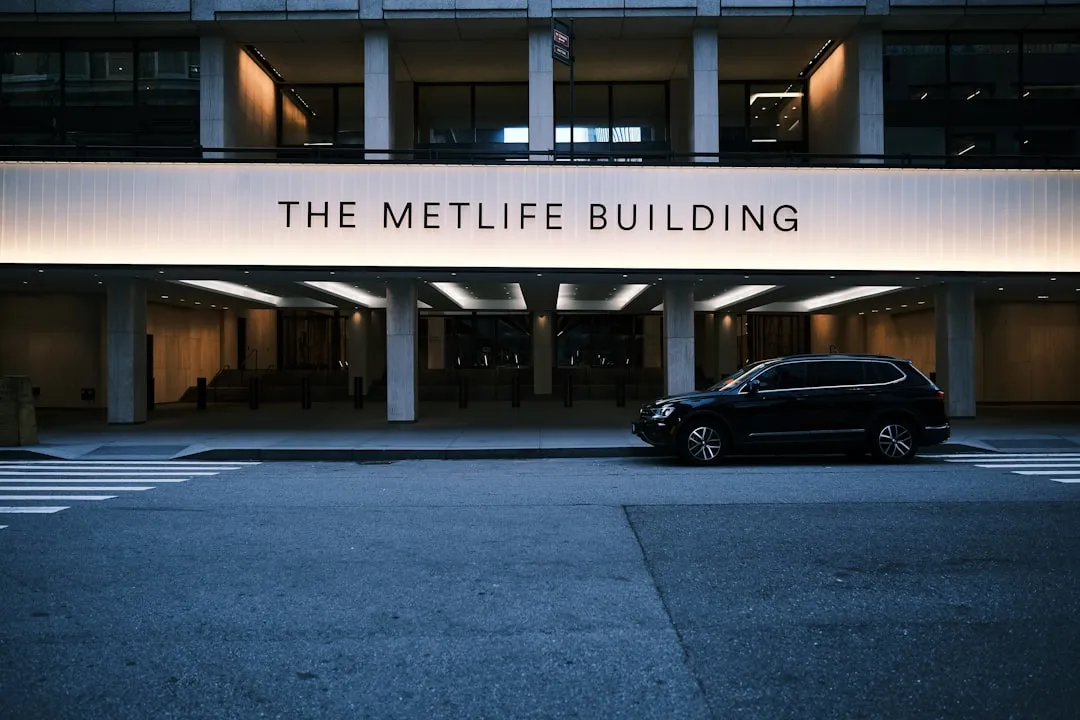



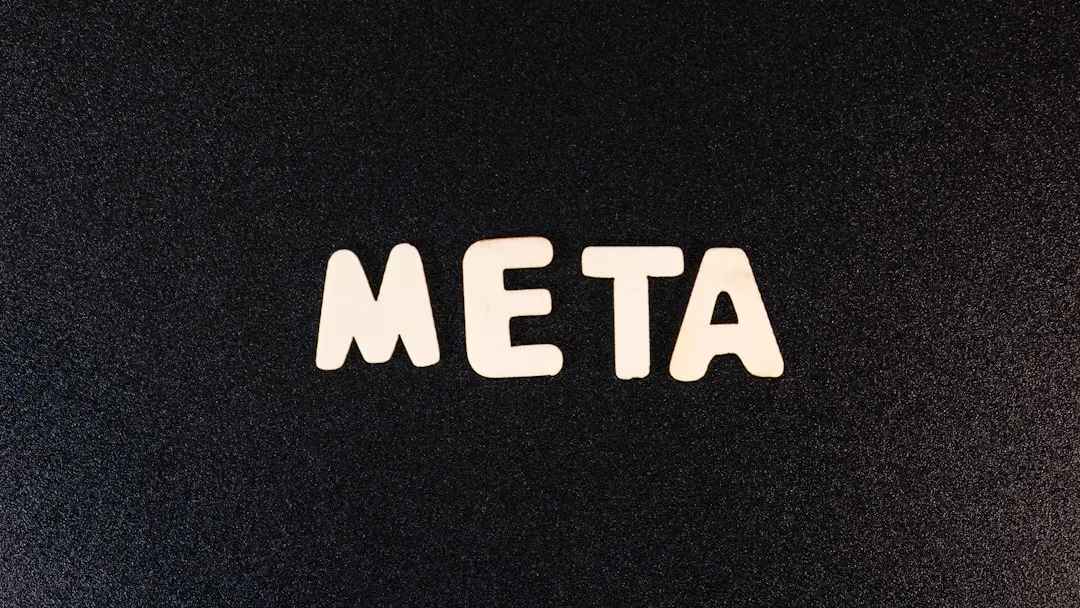
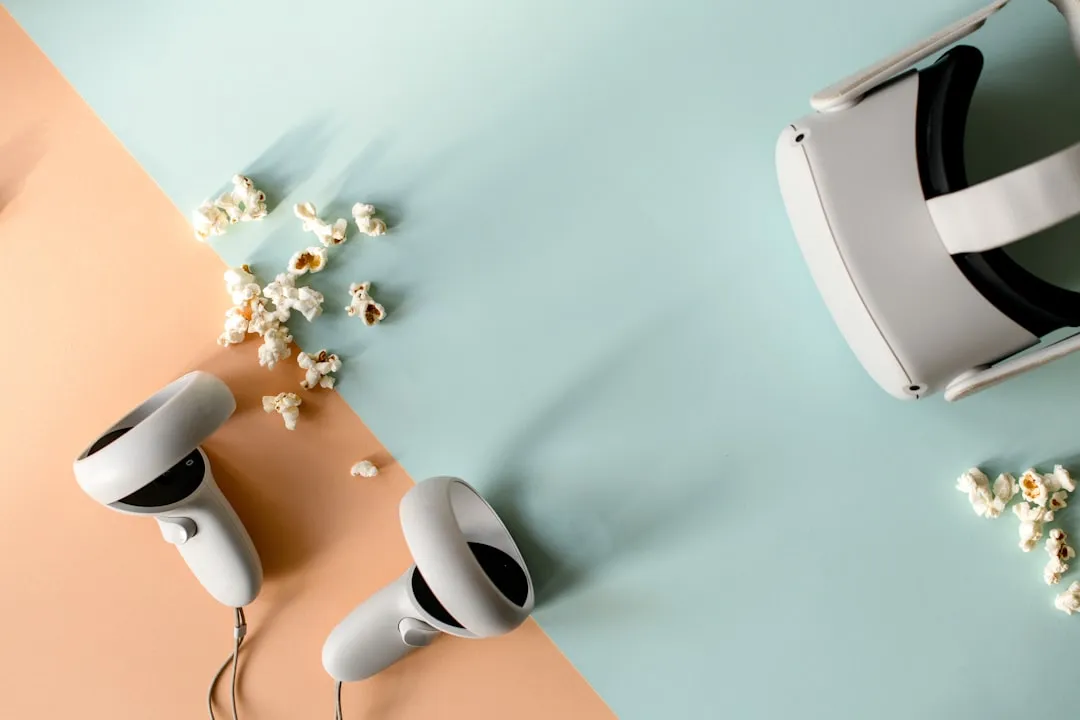

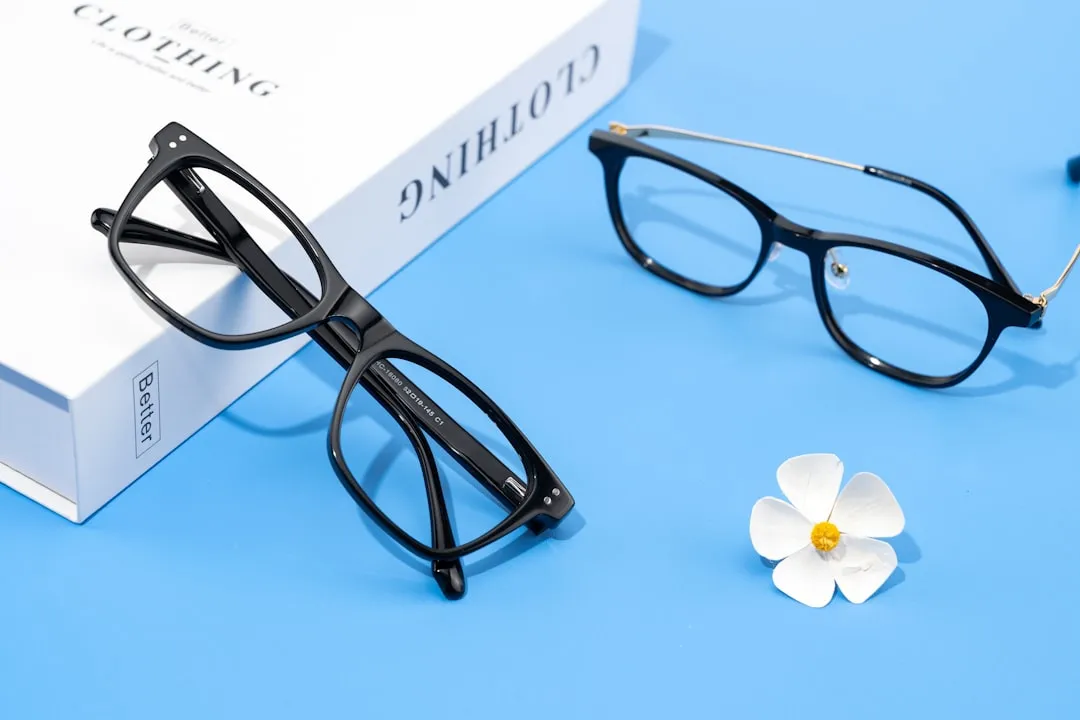

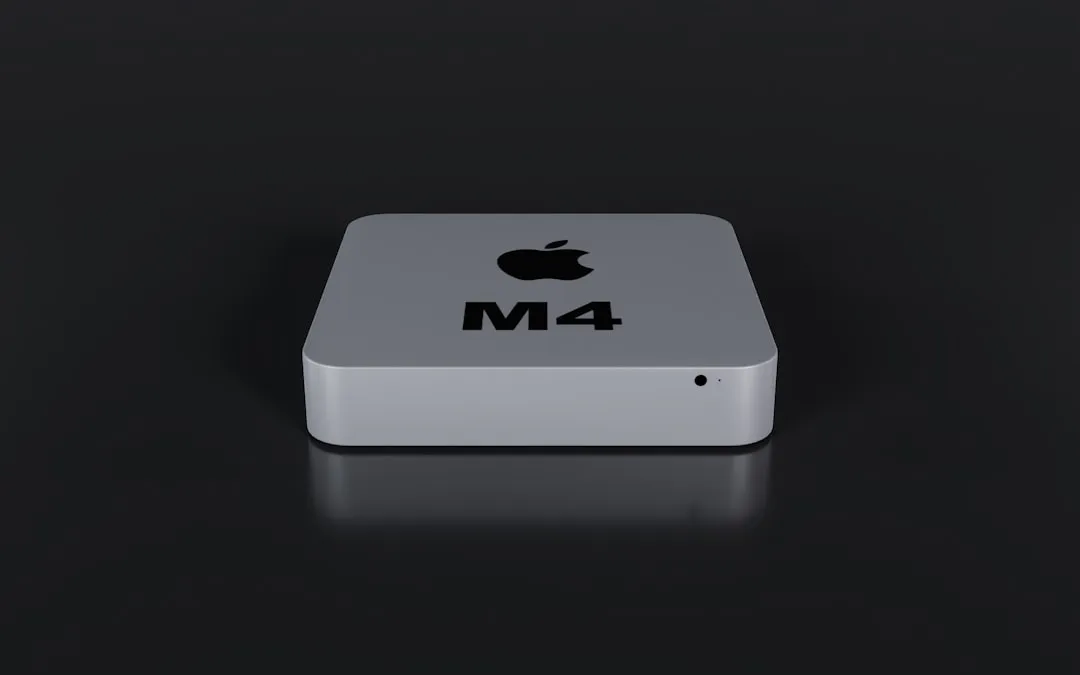
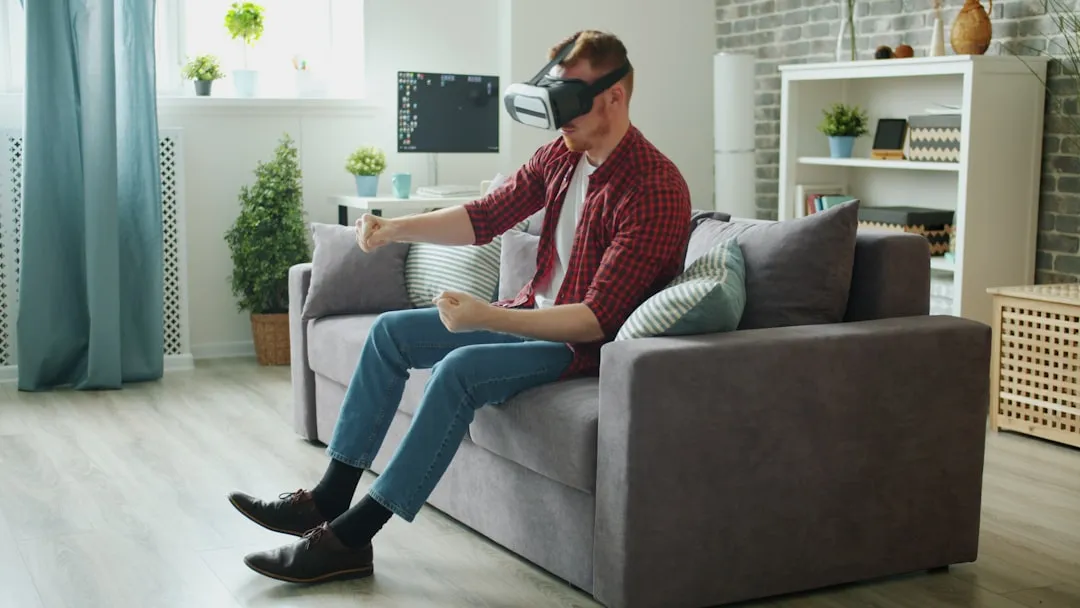
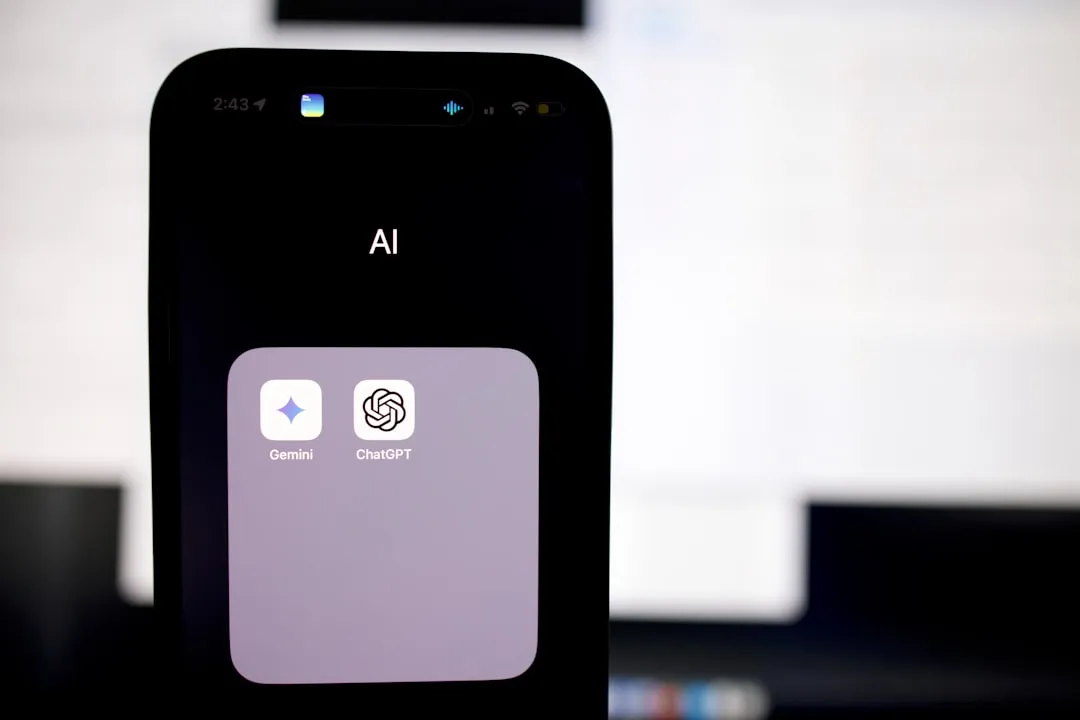
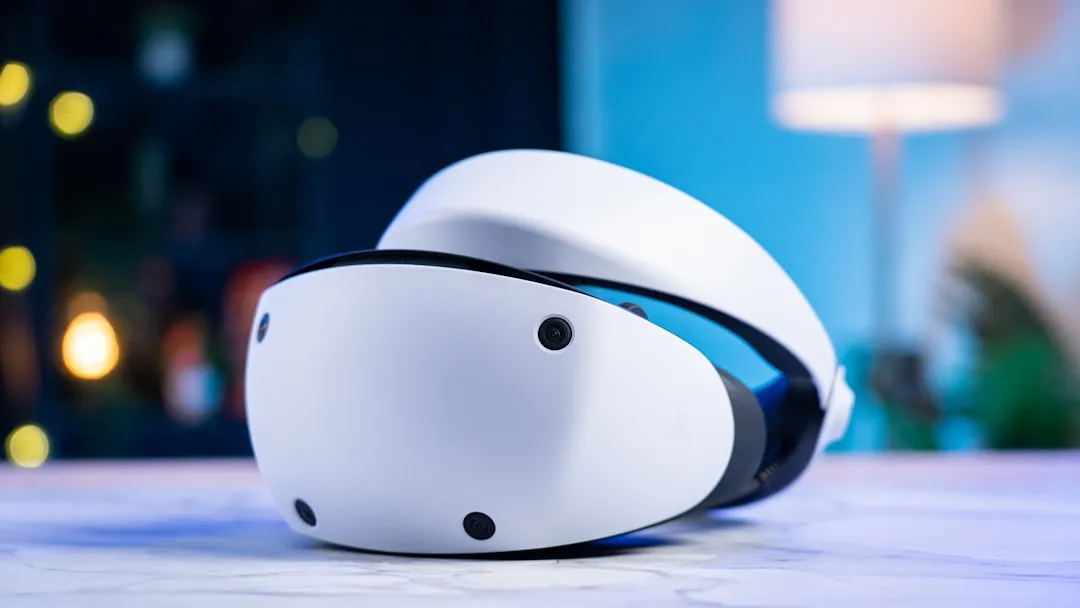

Comments
Be the first, drop a comment!